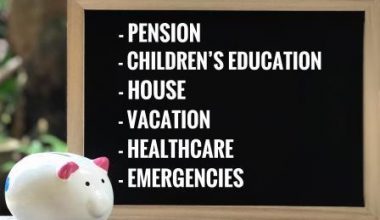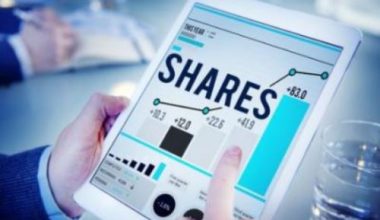Commodity trading is universally accepted to be a part of successful and diversified portfolio. But lack of knowledge and misconceptions discourage investors like Alex to view commodities as a potential asset class for investments.
Sam has been involved in commodity trading and knows it offers liquidity, requires small investment, it can give quick profit and hedging options, making it an attractive investment option. Sam helps Alex understand the basics of commodity trading.
Sam: Commodity trading is the buying and selling of commodities through commodity exchanges like Multi Commodity Exchange of India Ltd (MCX) and National Commodity & Derivatives Exchange Limited (NCDEX). The Securities Exchange Board of India (SEBI) regulates the commodity exchanges in India.
Alex: Will you please explain about commodity trading and which commodities can I trade in?
Sam: Commodities are basic goods that are either agricultural products or natural resources. In India, commodities belonging to various categories are available for trading through commodity exchanges. The agricultural commodities are cotton, kapas and Cotton khal, castor seed and oil, mentha oil, guar seed and gum, jeera, coriander, Turmeric etc. Gold and silver are available in the category of precious metals, crude oil and natural gas are available in the category of energy commodities while copper, nickel, zinc, lead and aluminium are available in the category of base metals. Apart from that steel is also available for trades in exchange.
Alex: How can I trade in commodities?
Sam: Commodities can be traded directly in the spot market or in futures market through various exchange platforms. A commodity exchange, like a stock exchange, is a place where commodities and commodity derivatives can be bought and sold. Major commodity exchanges in India are:
- Multi Commodity Exchange of India Ltd (MCX)
- National Commodity and Derivatives Exchange (NCDEX)
Alex: What is the difference between spot and futures market?
Sam: The difference between spot and futures market is that the spot market is where immediate buying and selling takes place, while in futures market both buyer and seller will enter in a contract where the payment and delivery will be at predetermined future date in a standardised quality and unit.
Alex: What are contracts?
Sam: Well, in commodity market, the commodities have to meet a specified minimum standard to be available for trading through exchanges. The futures or options are available at standardised form with a specified quality, unit and a date of settlement. And these standardised forms are referred as contracts.
Alex: What are Futures and Options?
Sam: The futures and options are types of derivative financial instruments with an asset underlying. A futures contract is a legal agreement to buy or sell a particular commodity asset, or security at a predetermined price at a specified time in the future. This means you are basically agreeing to buy something the seller has not yet produced for a set price on a set date. Whereas an options contract is an agreement between a buyer and seller that gives the buyer of the option to buy or sell a particular asset at a later date at an agreed upon price. These contracts are standardized for quality and quantity to facilitate trading on a futures exchange.
Alex: What are Forwards?
Sam: Forward contracts are the non-standardised contract between two private parties where buyer and seller agree to transact at future point of time at a previously agreed price. In this contract, both buyer and seller have the obligation to fulfil the contract.
Alex: I have heard about short and long position, what is that?
Sam: In commodity futures market, long position refers to the agreement to buy a commodity at a predetermined date, while a short position refers to the agreement to sell a commodity at a predetermined date.
Alex: And what about Margin?
Sam: In trading commodity futures, margin is good-faith deposit to control a futures contract. The margin amounts vary between contracts. They often lie between 9% and 20% or, in some cases, at higher percentage of the total value of the contract.
Sam continued, Mark to Market (MTM) is a method to determine profit or loss with the current trading price. For example, a trader took a long position in gold contract and covered the position by the end of the day. The MTM is calculated on the basis of difference of the value at which the trader acquired the gold contract and the value at which the contract is covered.
Alex: Now, can you tell me what are the advantages of investing in the Commodity Market?
Sam: The advantages of trading in commodity market differs according to the type of investors.
Firstly, the manufactures and importers can alleviate the risk of increase in the price of raw materials by hedging in the commodity futures market.
Secondly, the miners, producers and exporters of commodities can hedge their products against the risk of fall in prices.
Thirdly, the traders can earn attractive profit from the price fluctuations in commodities by investing only small margin to buy or sell a commodity futures contract.
Alex: Thank you Sam for patiently answering my questions.
Sam: If you have any more questions or need help, you can always contact Geojit.







